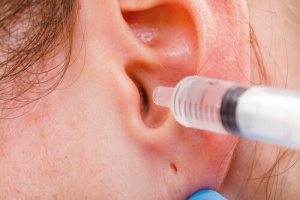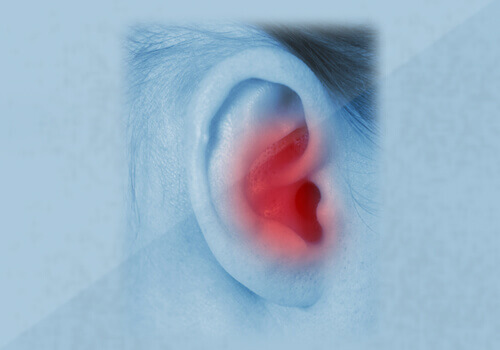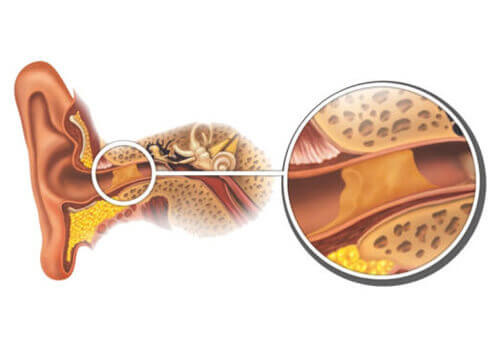How to Clean Your Ears Correctly

When your ears are healthy, they clean themselves naturally. Still, there are occasions when earwax blocks or plugs the ear, causing discomfort like strange sounds, which prevent you from hearing properly. In this article, we’ll go over how to clean your ears correctly.
Knowing how to clean your ears correctly is important. It will enable you to extract any excess wax that has built up in them. If your ears are clogged with excessive wax, you might experience the following symptoms:
- Pain or hearing loss
- Ringing and noises in the ear
- Itching and foul-smelling wax
Home remedies for cleaning your ears

Fortunately, there are many natural and effective home remedies for removing excess wax. The most commonly used ones are:
-Massage to loosen wax plugs
To loosen a wax plug that’s blocking your ear canal, massage the area behind your ear. Then, pull your ear in several directions and open and close your mouth at the same time.
-Hydrogen peroxide
Hydrogen peroxide or oxygenated water is great for treating earaches as well as for helping eliminate excessive wax build up. Below is the process to follow:
Add half a cup of oxygenated water to half a cup of warm water. Then, fill a dropper with it. Use this mixture while laying down, and fill the affected ear. Let it work for three to five minutes. Then, turn over so the liquid comes out, and rinse your ear using the same process using warm water. You could also use baby oil or mineral water rather than oxygenated water.
-Olive oil
For this remedy, we recommend following the same procedure as before. This time, however, you’ll be using warm olive oil. Allow to work for 15 minutes and repeat three times a day for three or four days.
More great information: 6 Health Benefits of Extra Virgin Olive Oil
-Hot water bottle
This is a simple, but effective home remedy. Simply take a bottle and fill it with hot water. Take the bottle and place it directly on the affected ear for 15 to 30 minutes. You’ll then notice that the wax is softer and easier to clean.
-Irrigation
You can easily find special tubes at the store for cleaning your ears. This should be done with water that’s about the same temperature as your body’s. After irrigating your ear, you should dry the ear well.
-Chamomile tea
Use two tablespoons of chamomile flowers and one cup of water. Make tea with it and let set until warm. Then, strain very well.
Before applying, place three drops of olive oil in your ear and let sit for five minutes. Then, rinse your ear with the tea that you prepared using a dropper or a tube.
If the problem persists, you might need to see a specialist so they can wash your ears properly.
Find out more: Easy, Useful, and Natural Chamomile Remedies
Precautions to help you clean your ears correctly

- Whenever you feel discomfort in your ears, never insert foreign objects into them. Cotton swabs or buds are completely contraindicated for this purpose. Rather, they could worsen the problem by pushing the wax plug farther back.
- If you have a ruptured eardrum, never try to clear the wax by using home methods, or by washing with drops of oxygenated water. This could cause serious damage to your ear.
- You should never use pressurized irrigation to clean your ears as you could rupture your eardrum. You should also keep in mind that washing your ears shouldn’t be done too frequently, as this could cause infections.
- None of these home remedies should be used in children younger than 12 years of age. This could cause more serious problems since their ears are more delicate. If you suspect a wax plug, it’s best to see a specialist.
Remember…
Earwax is necessary for protecting your ears from dust, microorganisms, and any other foreign substance that could enter the ear canal and damage it. That’s why you should clean them only when you truly need it.
Finally, if you get frequent plugs, it’s best to see an ear specialist. They can decide which treatment you should follow to clean your ears correctly.
This text is provided for informational purposes only and does not replace consultation with a professional. If in doubt, consult your specialist.








